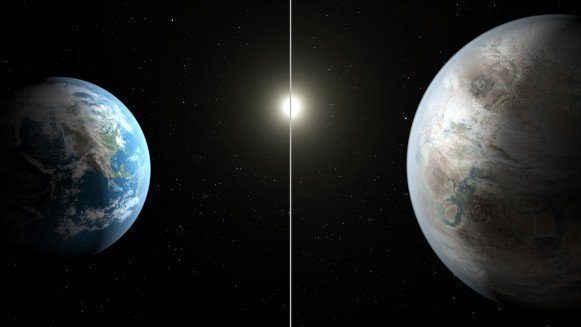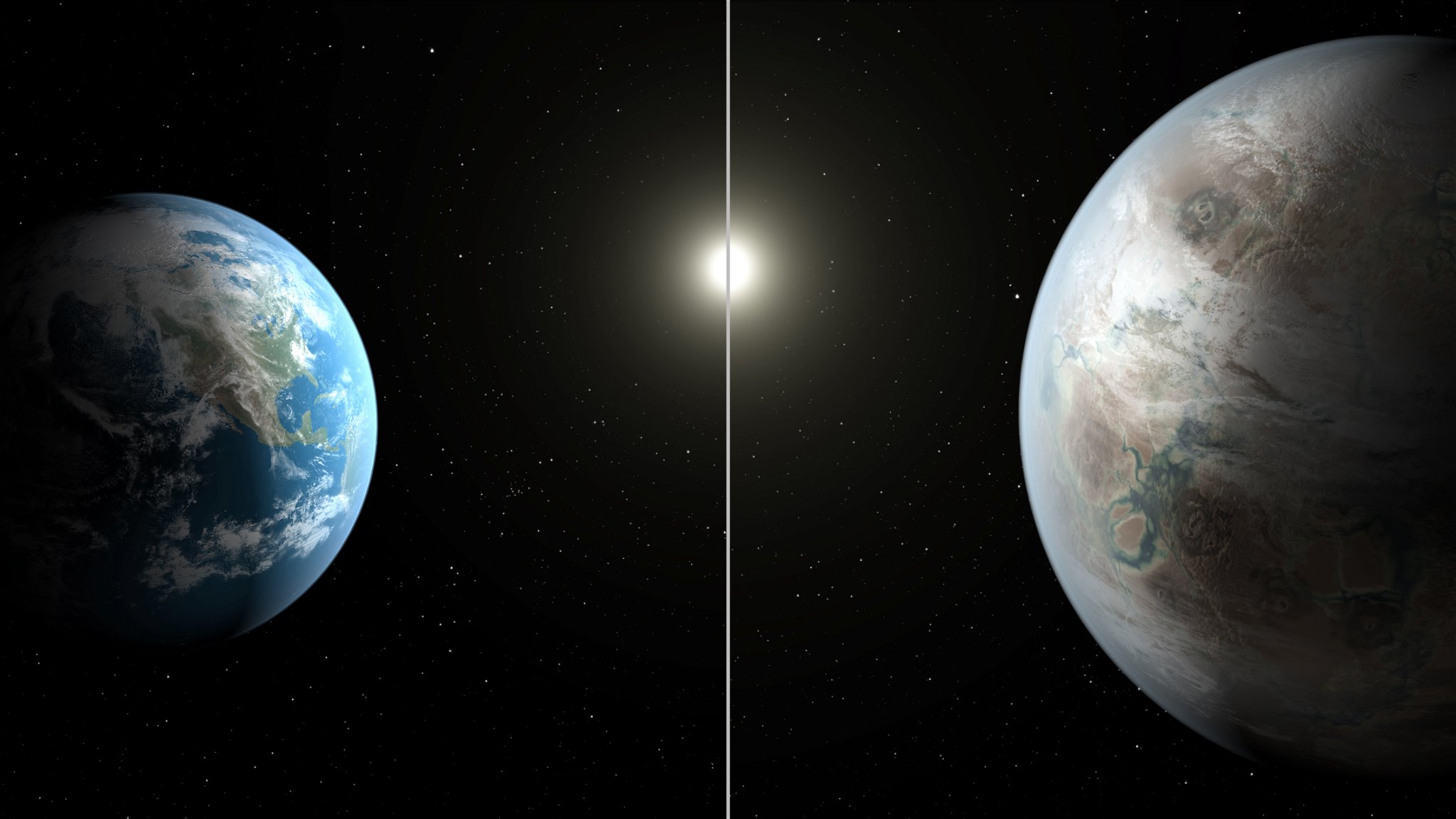Literature
NASA probe discovers bigger, older cousin to Earth

Washington, July 24
NASA's Kepler mission has confirmed the first near-Earth-size planet in the "habitable zone" around a Sun-like star.
This
discovery and the introduction of 11 other new small habitable zone
candidate planets mark another milestone in the journey to finding
another "Earth", the US space agency said in a statement.
The
newly discovered Kepler-452b is the smallest planet to date discovered
orbiting in the habitable zone -- the area around a star where liquid
water could pool on the surface of an orbiting planet -- of a G2-type
star, like our Sun.
The confirmation of Kepler-452b brings the total number of confirmed planets to 1,030.
"On
the 20th anniversary year of the discovery that proved other suns host
planets, the Kepler exoplanet explorer has discovered a planet and star
which most closely resemble the Earth and our Sun," said John Grunsfeld,
associate administrator of NASA's Science Mission Directorate at the
agency's headquarters in Washington, DC.
"This exciting result brings us one step closer to finding an Earth 2.0," he added.
Kepler-452b is 60 percent larger in diameter than Earth and is considered a super-Earth-size planet.
While
its mass and composition are not yet determined, previous research
suggests that planets the size of Kepler-452b have a good chance of
being rocky.
While Kepler-452b is larger than Earth, its 385-day orbit is only five percent longer.
The planet is five percent farther from its parent star Kepler-452 than Earth is from the Sun.
Kepler-452
is six billion years old, 1.5 billion years older than our Sun, has the
same temperature, and is 20 percent brighter and has a diameter 10
percent larger.
"We can think of Kepler-452b as an older, bigger
cousin to Earth, providing an opportunity to understand and reflect upon
Earth's evolving environment," said Jon Jenkins, Kepler data analysis
leader at NASA's Ames Research Center in Moffett Field, California.
The Kepler-452 system is located 1,400 light-years away in the constellation Cygnus.
The research paper reporting this finding is forthcoming in The Astronomical Journal.
In addition to confirming Kepler-452b, the Kepler team has increased the number of new exoplanet candidates by 521.
Twelve
of the new planet candidates have diameters between one to two times
that of Earth, and orbit in their star's habitable zone.
Of these, nine orbit stars that are similar to our Sun in size and temperature.








































